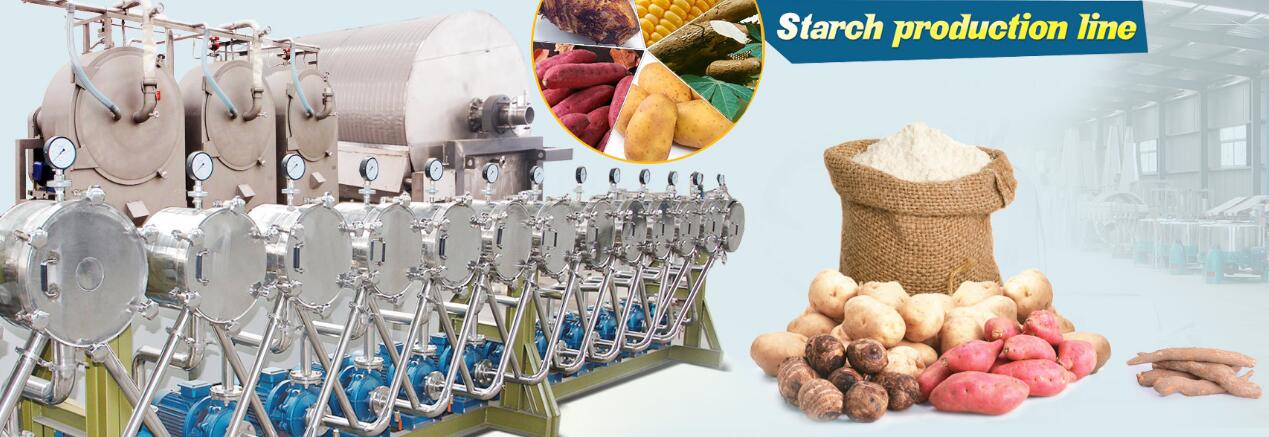Details of Cassava and Cassava Starch
Cassava (scientific name Manihot esculenta Crantz), also known as manioc, sweet potato wood for the world's three major potato (cassava, sweet potato, potato), one of the world have different names, called "Tapioca" in Asia, Africa called "Manioc" South America called "Manioca", "Yucca" and mandioca. In the United States and Europe "Cassava" usually refers to the cassava root, and "Tapioca" refers cassava starch and other processed products. Cassava looks like a little tree, some as high as 3 meters. Cassava roots are rich in starch, which is usually the size of 7.5 cm diameter, 30 cm long, for the extraction of cassava starch. One kind of Euphorbiaceae cassava genus underground tuber, potato-like structure. There are more than 100 species of this genus, cassava is the only species for cultivation economy, others are wild species. Cassava can be divided into sweet, bitter two species type. Cassava in Thailand for growth, it is particularly drought, almost all soil types can be grown in Thailand. Thai cassava planting time has two, one in November and January known as the dry season before the crop, another in the second period to April called before the rainy season crops. In China it is mainly used for animal feed and starch extraction. Tapioca starch can be produced alcohol, fructose, glucose, maltose, monosodium glutamate, beer, bread, biscuits, shrimp, noodles, sauces and plastic film plastic fibers, resins, coatings, adhesives and other chemical products. As feed, cassava meal can replace all cereal ingredients, paired with soybean meal in livestock feed, is a high-energy feed ingredients.
Origin and Distribution:
Cassava originated in tropical America, about 4,000 years of cultural history. Incoming 16th century Africa, 18 century into Asia. China in the 1820s, the introduction and cultivation, has been distributed to the south of the Qinling Huaihe line of the Yangtze River basin, the cultivation area of Guangdong and Guangxi's largest, followed by Taiwan and Fujian, Yunnan, Guizhou, Sichuan, Hunan, Jiangxi and other provinces are also small-scale cultivation.
Characteristics of Cassava Starch:
Color: white cassava starch.
Odor: no odor of cassava starch
Bland taste: cassava starch, no taste, no aftertaste (for example maize), to be fine-tune the smell of the product, such as food and cosmetics.
Paste clear: cassava starch paste formed after cooking crystal clear, with a pigment for color. This feature sizing of cassava starch for fine paper is also very important.
Viscosity: As the cassava starch amylopectin and amylose ratio of up to 80:20, and therefore has a high peak viscosity. This feature is suitable for many uses. Meanwhile, tapioca starch also eliminate viscous loose structure through the modification, which is very important in many food processing.
Freeze - thaw stability High: cassava starch paste showed a reversal of relatively low resistance, thereby preventing moisture lost during freezing and thawing cycles. This feature can be further enhanced by the modified.

 E-Mail
E-Mail Whats
Whats TOP
TOP